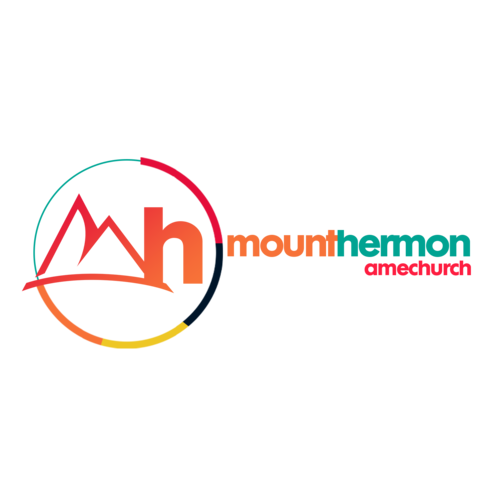The African Methodist Episcopal Church was founded by Rev. Richard Allen in 1787. He was consecrated first Bishop of the church. As a slave, Bishop Allen was denied the dignity of a last name and was simply referred to as "Negro Richard" around the Delaware plantation from whence he purchased his freedom. Mount Hermon and all AME churches follow the framework Bishop Allen pioneered.
Mount Hermon AME Church was founded on April 25, 1906 when Fort Lauderdale was a township of Dade County. Broward County did not yet exist until 1915.
Bro. I.H. Williams, one of the 20 founding church members, was recorded as stating that he was a member of Mount Hermon before there was a building since 1902, before the Structure One church building. At that time, he and other worshippers met under a tree along with founding members of what is now Piney Grove First Baptist Church. However, property wasn't purchased until April 25, 1906 from The Dallas Land Company, so, 1906 is the documented date of church origin rather than 1902. In those days, building permits were not necessary, so as soon as people purchased their land, they began building as they were able.
Bishop Richard Allen
For those that wish to walk in the footsteps of our history, there is a plaque in the spot that tree grew on NW 4TH AVE and NW 2nd ST. placed by the Broward County Historical Society. The plaque only refers to Piney Grove First Baptist, but our roots reside in the soil of that very spot as well.
In Fort Lauderdale, Mount Hermon is the first AME Church to be founded, the second black church, and the third church altogether. We have always been a progressive, pioneering people. Our first, appointed pastor, Rev. J.H. Haines, was registered to vote* before it was remotely common for black people to do so on March 23, 1916 at the age of 44. As a matter of fact, our first three ministers were registered voters.
Mount Hermon opened her valiant doors to allow the area's first ever NAACP meeting circa 1945. Then Pastor Rev. R.L. Murrell, bravely allowed our building to be temporary NAACP headquarters. The meeting took place under cover of night at 10 p.m. as those having anything to do with trying to gain rights of any sort for colored folks were labeled "trouble makers." Those were perilous times, and many who did have possible meeting places were concerned their homes, businesses or church buildings would be burned down, or that they may be subject to other sorts of terror. Mount Hermon soldiered through. Today we serve the Greater Ft. Lauderdale community standing on the great legacy of those who have sojourned before us.

